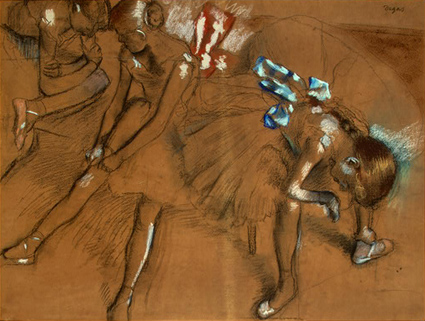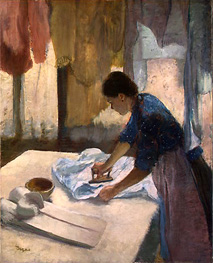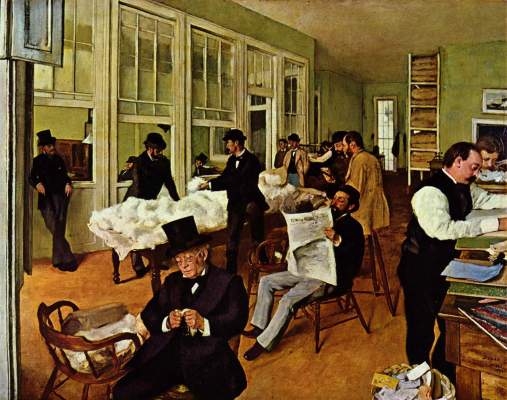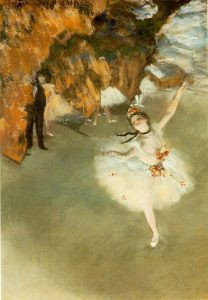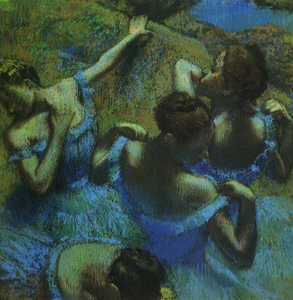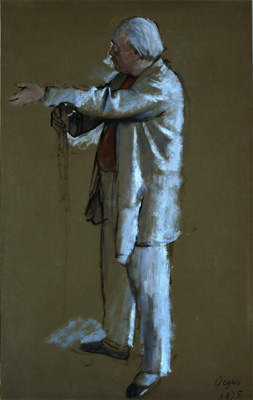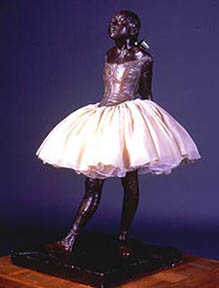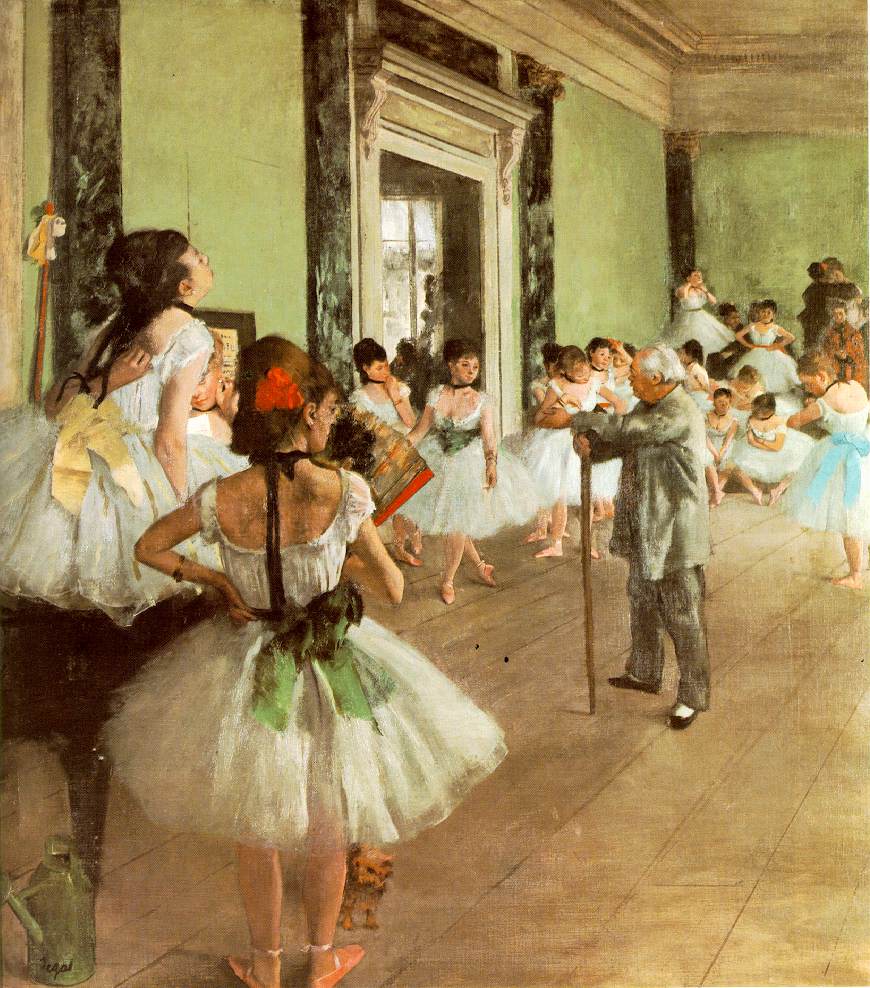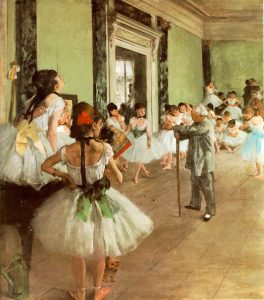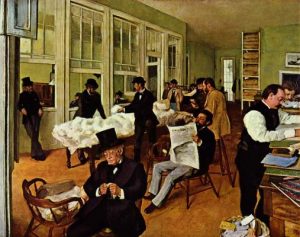TALENT AND AMBITION
1. At one point in this film, Degas doesn’t take his own advice about something. What is it?
Suggested Response:
Believing in himself and his talent.
2. What did both Degas and Marie have to overcome, as shown in the movie?
Suggested Response:
Self-doubt
3. The Degas character tells us: “I paint things ten times, a hundred times, before I get it right. It has to be the same with dance … I never get it right the first time. Making mistakes is how we learn. ” Have you ever seen an example of this in your life or in the lives of people that you know? Tell us what happened.
No suggested response.
4. At one point in the film, Degas said that “Accepting criticism is part of being an artist.” At another point, he said that “All critics are imbeciles.” Later he said, “Its very hard to ignore people’s reactions and remain true to your own beliefs.” Can you reconcile all these statements?
Suggested Response:
The trick is to listen to criticism, take what’s good out of it, and ignore the rest. What’s good in criticism is that which helps you to improve and at the same time remain true to your own vision.
5. The Degas character in this film said, “Everyone in this life will try to take your dreams away from you. Only you can see them through. You’re on your own with them. You have to hold them tightly in your heart even when giving up would be the easiest thing to do.” Can you give an example of someone following their dreams? Tell us what happened to them.
No suggested response.
6. The character of Mssr. Perrot said two things that appear to contradict each other. First, he told the class, after Pauline had demonstrated the combination, that “There, that’s what happens when you work. There is no magic to it. Just work.” Then, after the audition, he told the class, “Dance is not just getting the steps right. It is something freer.” Can you reconcile these statements?
Suggested Response:
Yes. The first is about technical proficiency and the second is about dance as a whole. Technical proficiency is required for great dancing and comes from hard work. Great dancing occurs when the technique is mastered and the dancer also expresses the soul of the music and the choreography.
7. The Degas character said that “Self-doubt is an insidious enemy. It can kill your talent. Remember never to give in to it.” Have you seen the destructive powers of self-doubt in action? Tell us what happened.
No suggested response.
SISTERS – MOTHER/DAUGHTER
8. Marie’s fictional sister Pauline was no friend to Marie. Do you know sisters who feel this way about their siblings? What do you think about that?
Suggested Response:
The hatred between siblings is a great loss because there is so much positive love and caring that could be shared between them.



